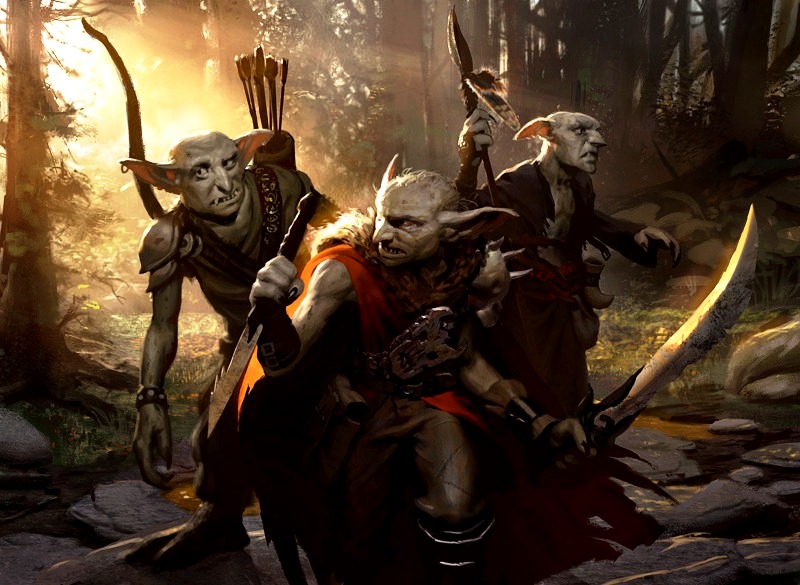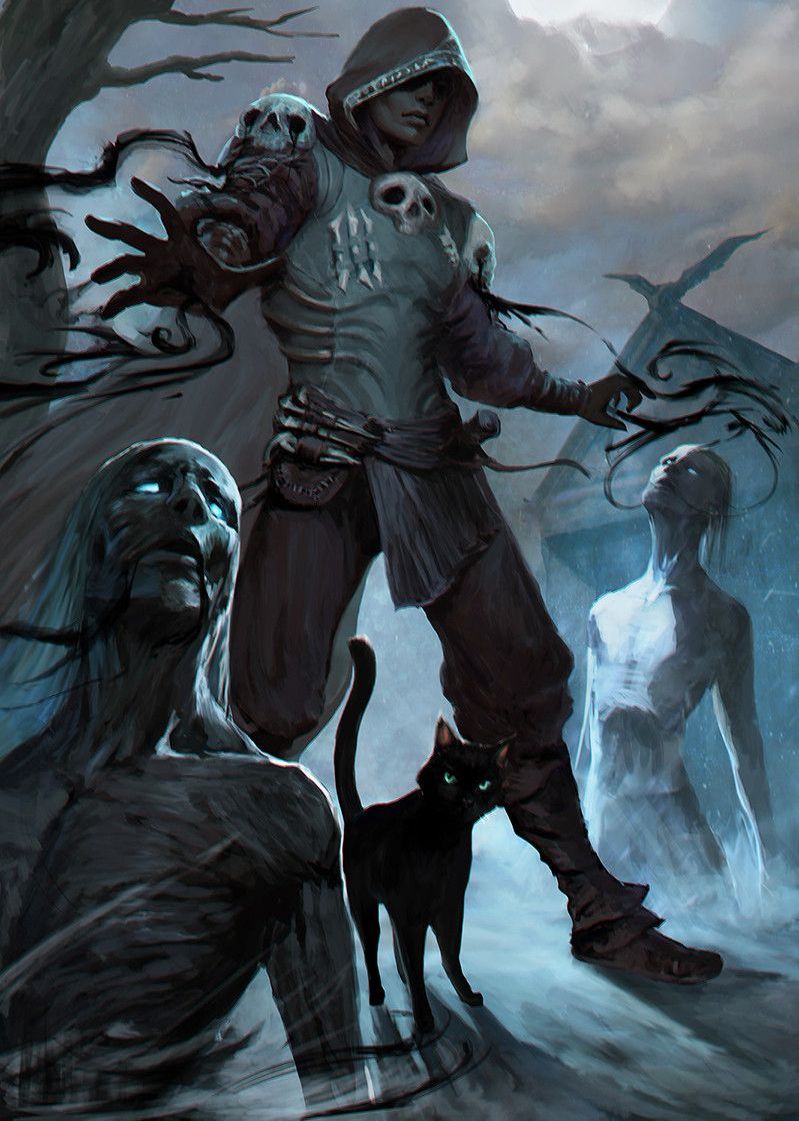Difference between revisions of "Monster Summoning I (spell)"
Tao alexis (talk | contribs) |
Tao alexis (talk | contribs) |
||
| Line 64: | Line 64: | ||
'''Giant centipedes''' can deliver a poisonous bite only once, though all those summoned are able to do so. Apart from poison, their attacks are largely ineffective. | '''Giant centipedes''' can deliver a poisonous bite only once, though all those summoned are able to do so. Apart from poison, their attacks are largely ineffective. | ||
| + | [[File:Monster Summoning I (spell) B.jpg|right|350px|thumb]] | ||
'''Giant crabs''' can survive for the spell's duration in both submarine and surface environments. | '''Giant crabs''' can survive for the spell's duration in both submarine and surface environments. | ||
| Line 72: | Line 73: | ||
'''Huge and large frogs''' can survive in surface environments, but must be summoned within a watery pond or river sufficient to support their size. | '''Huge and large frogs''' can survive in surface environments, but must be summoned within a watery pond or river sufficient to support their size. | ||
| − | |||
'''Ghouls and lacedons''' are still able to afflict allies with their disease as well as enemies, so care must be taken by the caster and friends not to inadvertently touch them. | '''Ghouls and lacedons''' are still able to afflict allies with their disease as well as enemies, so care must be taken by the caster and friends not to inadvertently touch them. | ||
Revision as of 19:18, 6 October 2022
Monster Summoning I conjures a number of low-level monsters that materialise within the spell's area of effect, having be brought to that place from another, unknown plane of existence. The creatures have no memory of their former lives and are tasked by the spell to behave with absolute fanatical obedience towards the caster. They arrive clothing and gear appropriate for the weather to which they are called, but without personal objects or coins. Each is as intelligent as a normal monster of that type.
| Range | self |
| Duration | 10 +1 round per level |
| Area of Effect | 30 ft. radius; see text |
| Casting Time | 2 rounds |
| Saving Throw | none |
| Level | mage (3rd) |
Before taking action, however, they must be commanded first. This requires the caster's voice, costing 1 action point per four words spoken; while the caster can perform other actions while giving commands, the summoned monsters will remain inactive until the desired orders are complete. Elaborate instructions can be given over multiple rounds, with the summoned monsters comprehending each word as the caster intends. Once set in motion, they will continue to act as ordered until another order is completed.
When the spell's duration expires, the summoned monsters — both living and dead — will return to their place of origin, having no memory of the events nor the place to which they were summoned.
Type & Number
The caster may choose the monster from the list below, which gives the number appearing per the caster's level. Fractions, representing partial monsters, are ignored. Less than the maximum number can be summoned if the caster desires. This is a partial list, including monsters that have been described in the wiki. Additional notes for each type of monster follow:
| Monster | No. per level |
|---|---|
| Axe beak | ½ |
| Bat (giant) | 1¾ |
| Bombadier beetle (giant) |
¼ |
| Capricorn | ½ |
| Centipede (giant) | 2¼ |
| Crab (giant) | ¼ |
| Dryad | ¼ |
| Fire beetle | 1 |
| Frog (huge) | ½ |
| Frog (large) | 1 |
| Ghoul or lacedon | ¾ |
| Goblin | 2¾ |
| Grey ooze | ⅛ |
| Harpy | ⅛ |
| Violet fungus | ¼ |
Axe beaks can be ridden by those possessing the knowledge.
Giant bats materialise in a state of flight and will remain so unless ordered to roost.
Bombadier beetles release a single acid cloud when ordered, taking flight for one round afterwards before stopping and waiting to be commanded. This round is necessary for the beetle to reorient itself.
Capricorns charge with their first attacks, whether or not they're ordered to do so; they won't if ordered against this. They cannot survive in surface environments.
Giant centipedes can deliver a poisonous bite only once, though all those summoned are able to do so. Apart from poison, their attacks are largely ineffective.
Giant crabs can survive for the spell's duration in both submarine and surface environments.
Dryads are experts in the study of forestry and can provide the benefits of that knowledge to the caster, though they won't recognise the Earthly forest in which they've been conjured.
Fire beetles cannot be harvested for their glands, as these will return to their place of origin with the rest of the beetle when the spell duration has ended. Fire beetles are a source of light for as long as they're present.
Huge and large frogs can survive in surface environments, but must be summoned within a watery pond or river sufficient to support their size.
Ghouls and lacedons are still able to afflict allies with their disease as well as enemies, so care must be taken by the caster and friends not to inadvertently touch them.
Goblins will appear armed with clubs, spears and small shields, and will be proficient in both weapons although all but one is a common goblin; this gives them an armour class of 5. One leader accompanies the party that arrives, equipped as the others but also with a suit of leather armour that provides and AC of 3. The leader will have 1d4 + 1d10 h.p.; he or she will not be accompanied by a dire wolf.
Grey ooze acidic effects cannot be suspended even though the creature's movements can be directed. Thus the creature is able to cause damage to caster and allies, or destroy property if it's conjured within a non-stone environment.
Harpies are able to charm through touch and singing; the caster is protected from the effects of either, but allies of the caster are as easily affected as anyone. These creatures will materialise upon the ground or wherever they can roost, unless this is impossible. They are unable to bear more than half their weight, in flight or otherwise.
Violet fungi will infect an area with their spores if summoned ... and these spores remain behind when the fungus returns to its place of origin. New violet fungi plants appear in 4-24 days, unless the area is disinfected with acid.
See Bestiary

